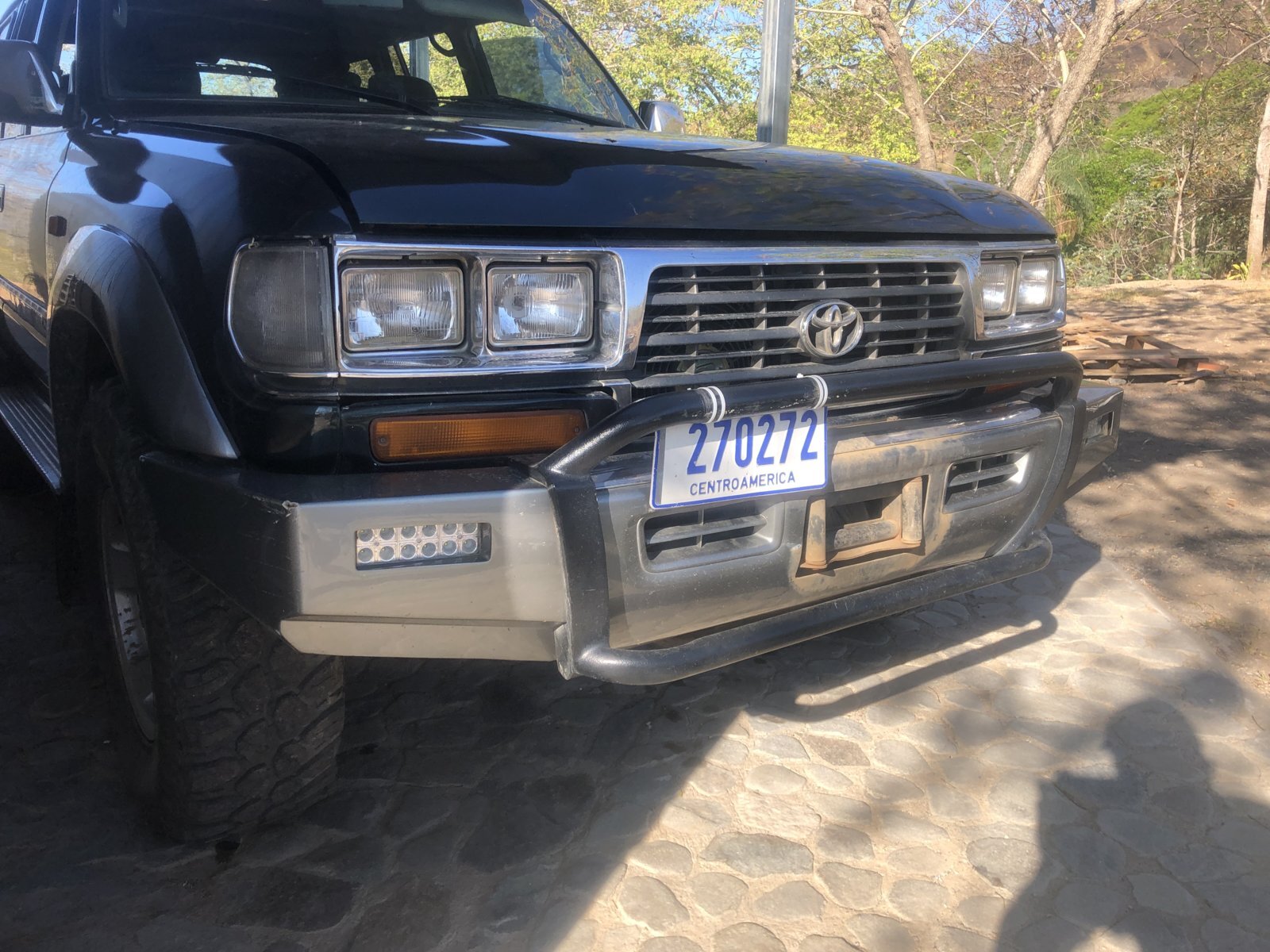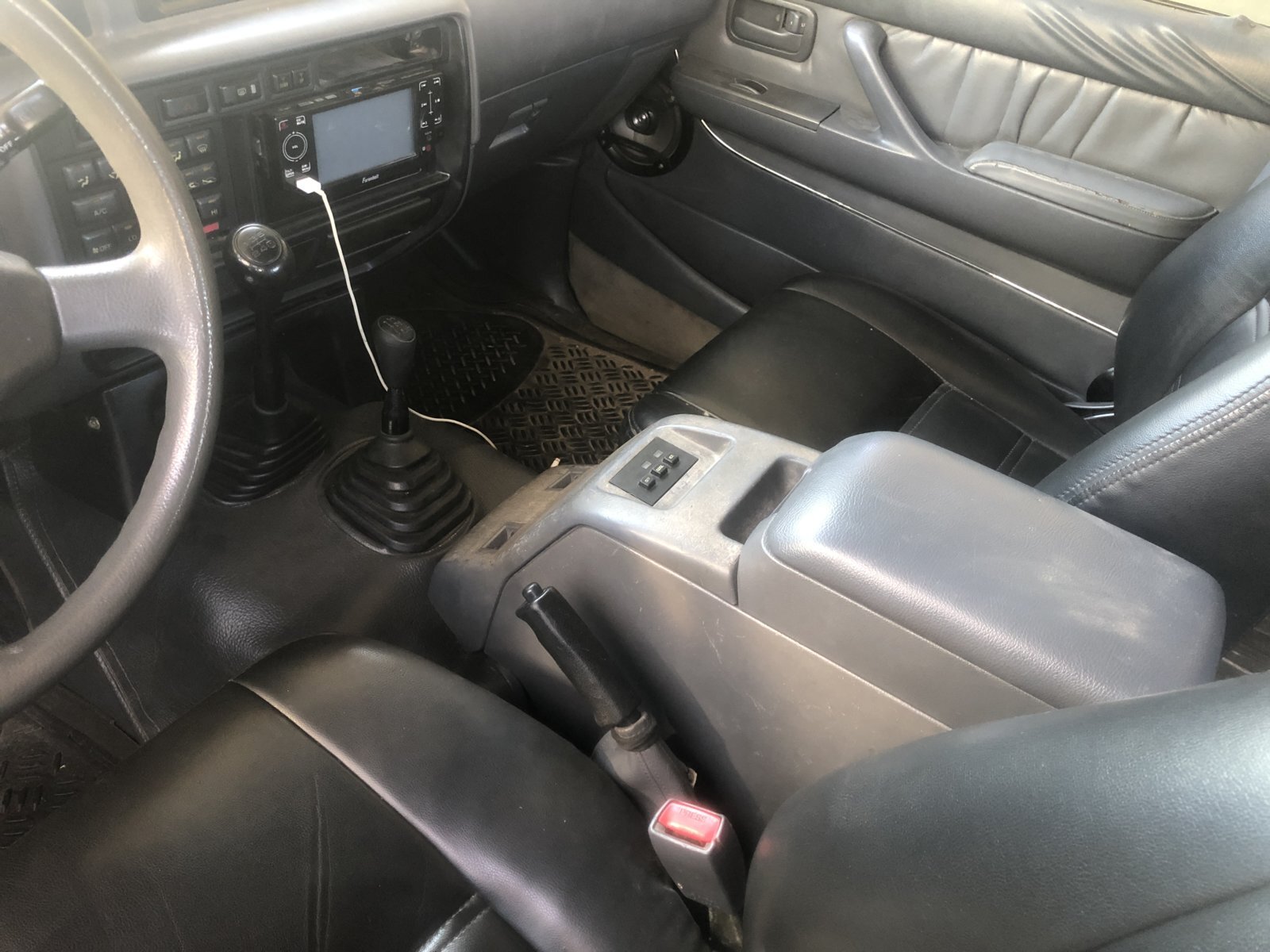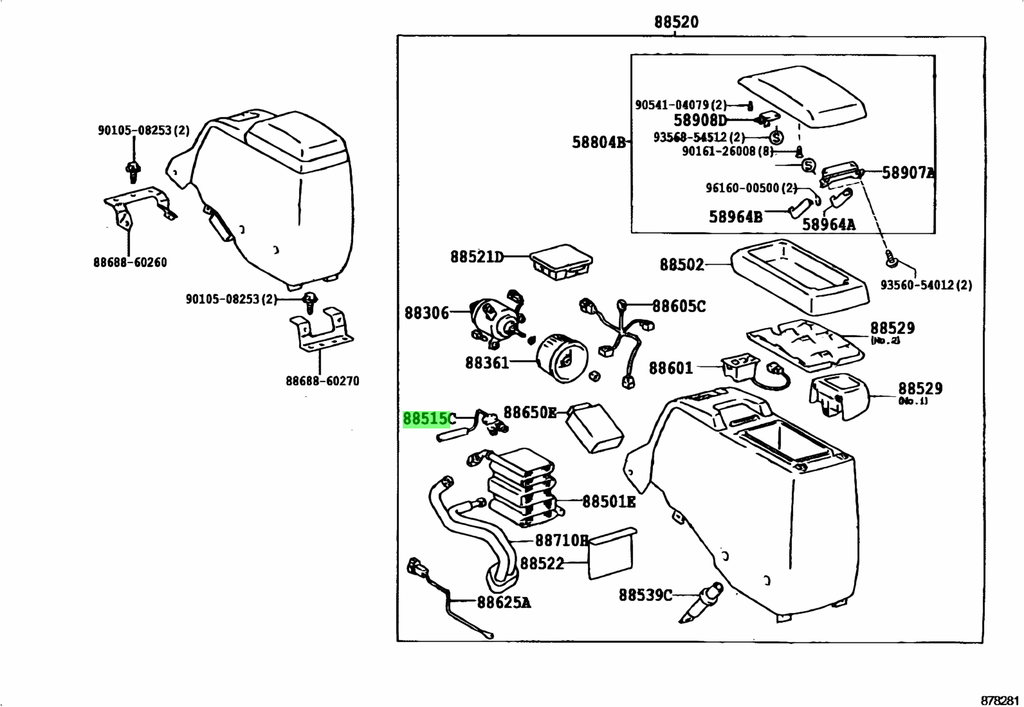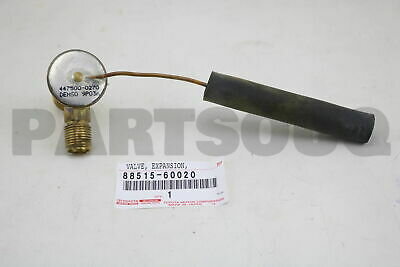Zach R
New Member
- Joined
- Mar 28, 2020
- Messages
- 9
- Country Flag
Hey guys,
Just bought an 80 with the factory ice maker/fridge.
Im reaching out for any information on these. Mine turns on, switch lights turn green, fan runs, but does not get cold. Im not very familiar with AC systems but it seems simple enough. I do have cold air in the factory rear AC system so there is freon in the lines under the floor. So maybe there is an additional electrical current that needs to work, other than the fan turning on? Otherwise the box would always be cold from the freon flowing through the little condenser in the center console? The COLD, and ICE switch must do more thAn just turn on the fan. Also do I understand the system correctly that this console will only become cold if the dash AC is also on, to trigger the compressor? Or should the center console be able to switch on the compressor on its own? Similarly the rear AC needs the dash AC on to run the compressor (at-least that is how it is working on my truck).
I took the main box away to expose the condenser and all so i can start to trouble shoot it. Any of these wire harnesses not plugged into anything mean anything? There is a heating system under the passenger seat that also has open wire harnesses all over it too, I can tell from a quick inspection that something is broken in the heater fan, so someone may have been unplugging harnesses trying to disconnect it from power and pulled something for the AC...
Also snapped a photo of the rear AC system that I just took apart to clean, not sure how common these are, but though people might like to see it.
Thanks so much!!





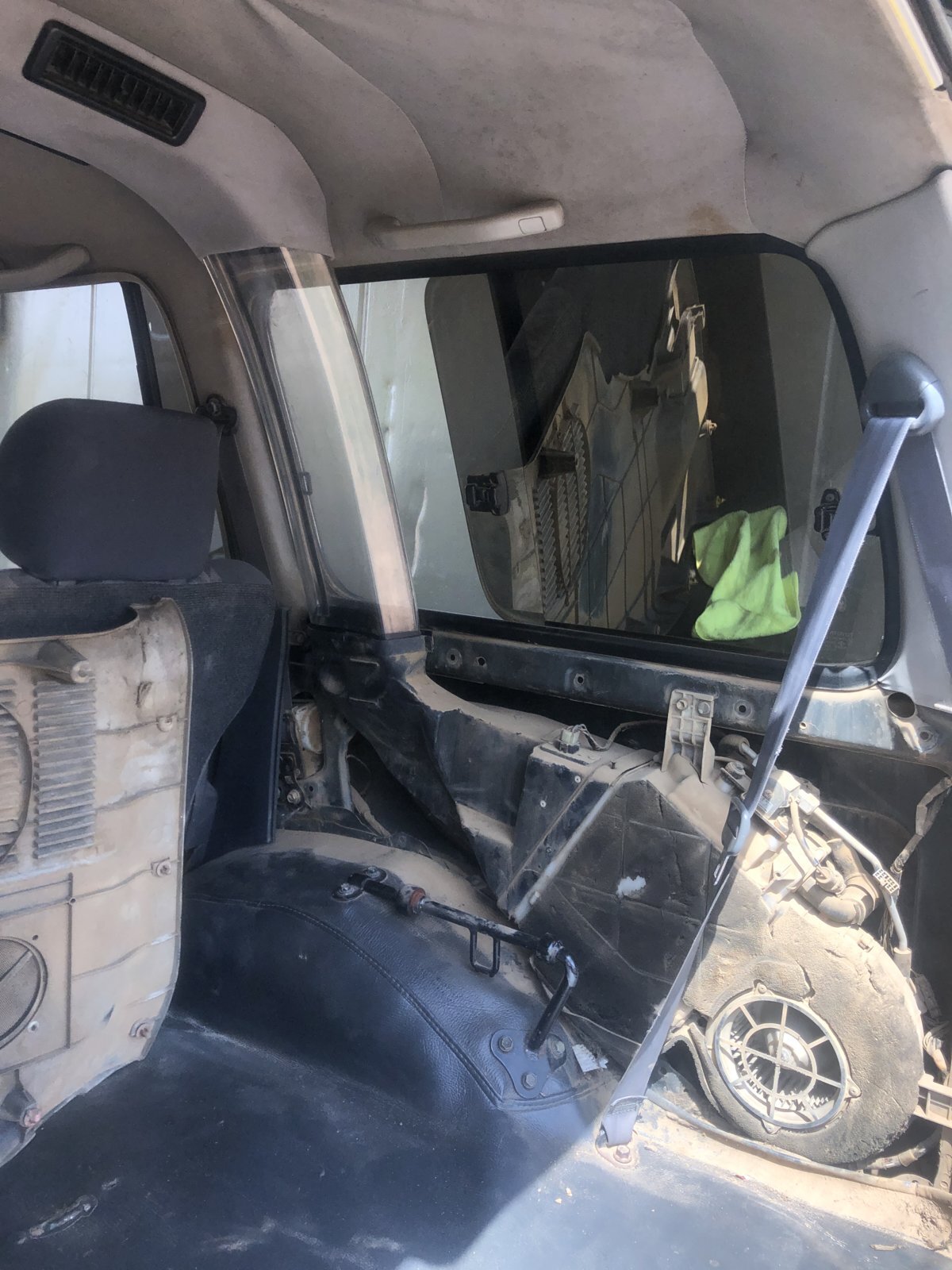
Just bought an 80 with the factory ice maker/fridge.
Im reaching out for any information on these. Mine turns on, switch lights turn green, fan runs, but does not get cold. Im not very familiar with AC systems but it seems simple enough. I do have cold air in the factory rear AC system so there is freon in the lines under the floor. So maybe there is an additional electrical current that needs to work, other than the fan turning on? Otherwise the box would always be cold from the freon flowing through the little condenser in the center console? The COLD, and ICE switch must do more thAn just turn on the fan. Also do I understand the system correctly that this console will only become cold if the dash AC is also on, to trigger the compressor? Or should the center console be able to switch on the compressor on its own? Similarly the rear AC needs the dash AC on to run the compressor (at-least that is how it is working on my truck).
I took the main box away to expose the condenser and all so i can start to trouble shoot it. Any of these wire harnesses not plugged into anything mean anything? There is a heating system under the passenger seat that also has open wire harnesses all over it too, I can tell from a quick inspection that something is broken in the heater fan, so someone may have been unplugging harnesses trying to disconnect it from power and pulled something for the AC...
Also snapped a photo of the rear AC system that I just took apart to clean, not sure how common these are, but though people might like to see it.
Thanks so much!!






